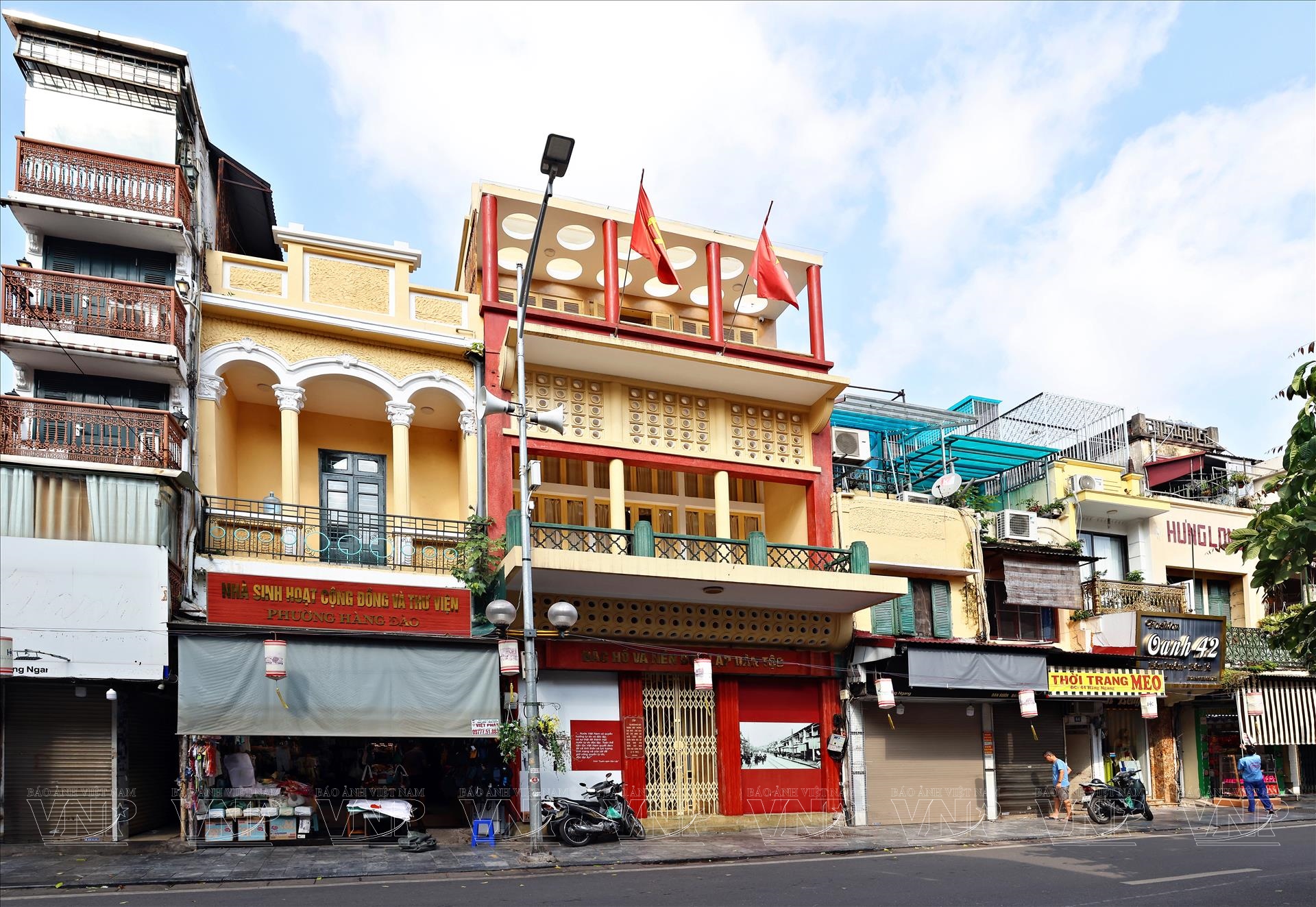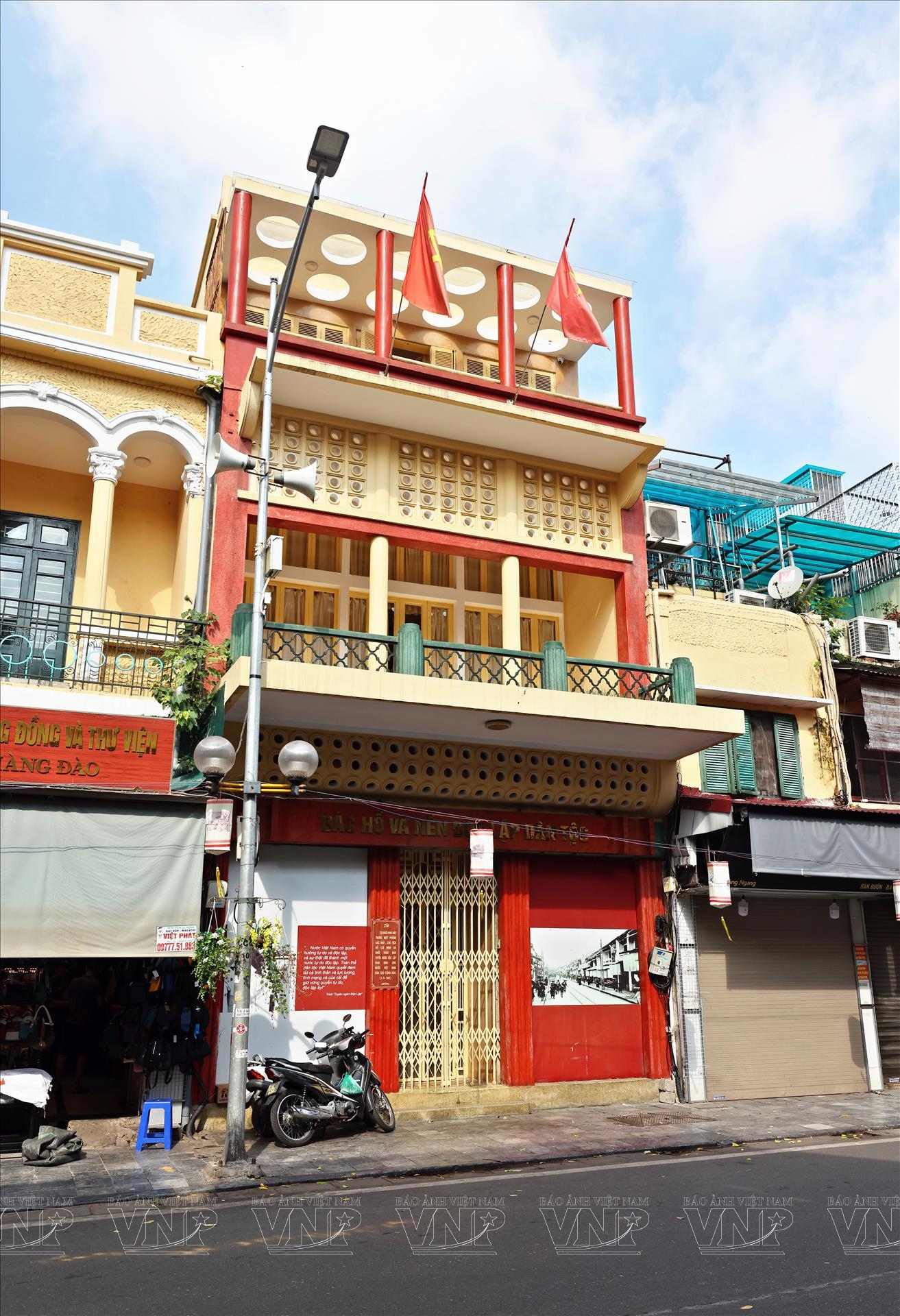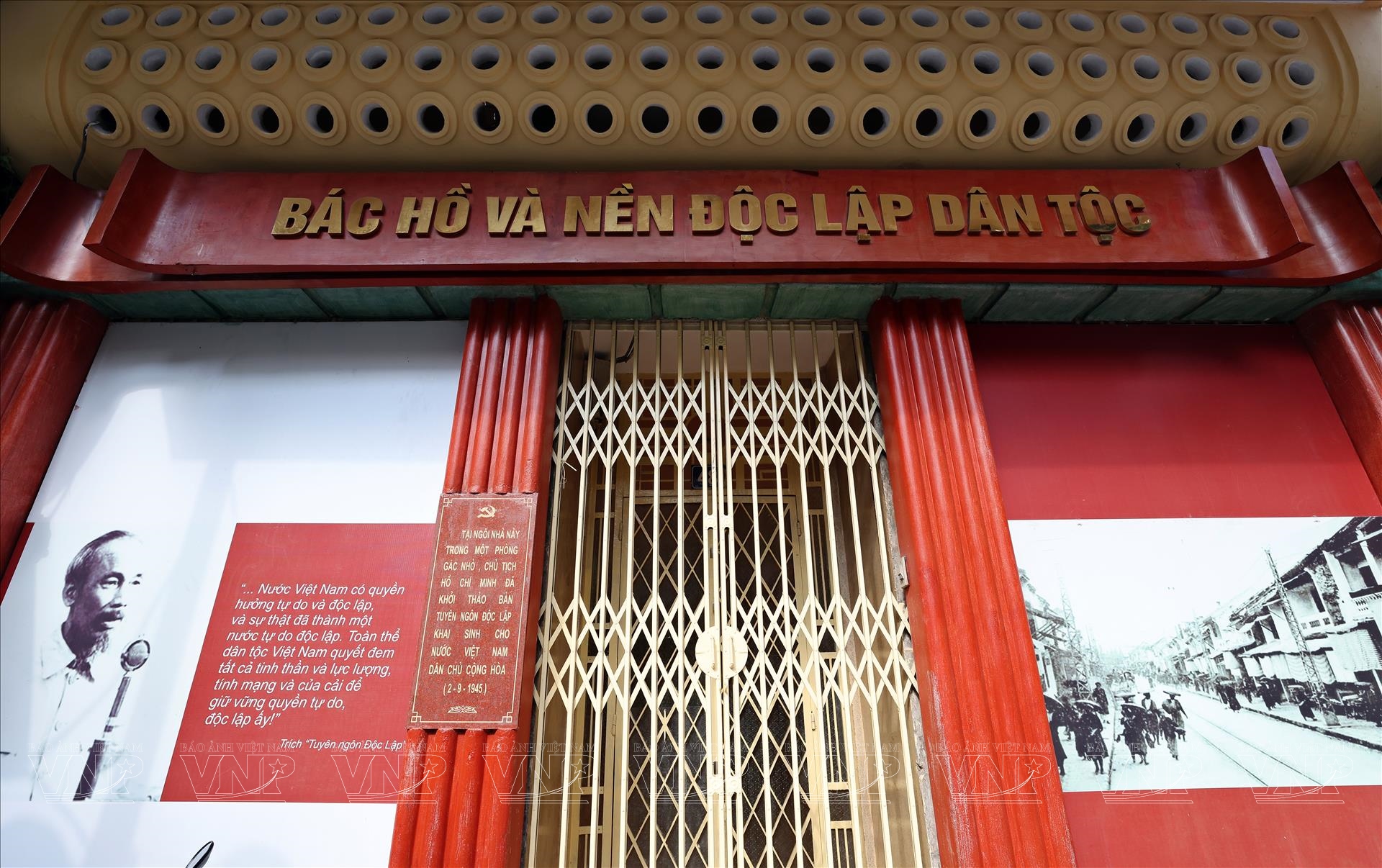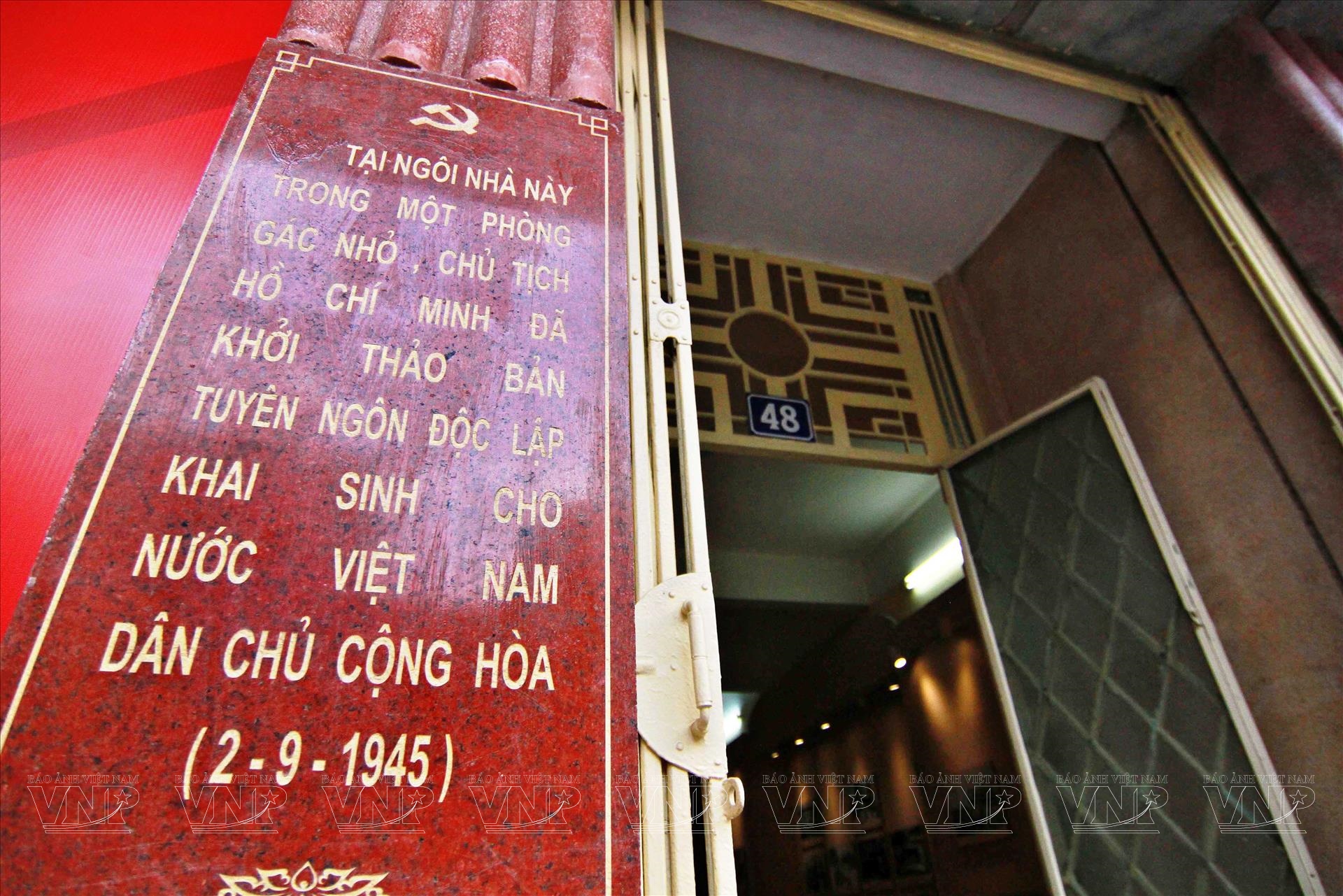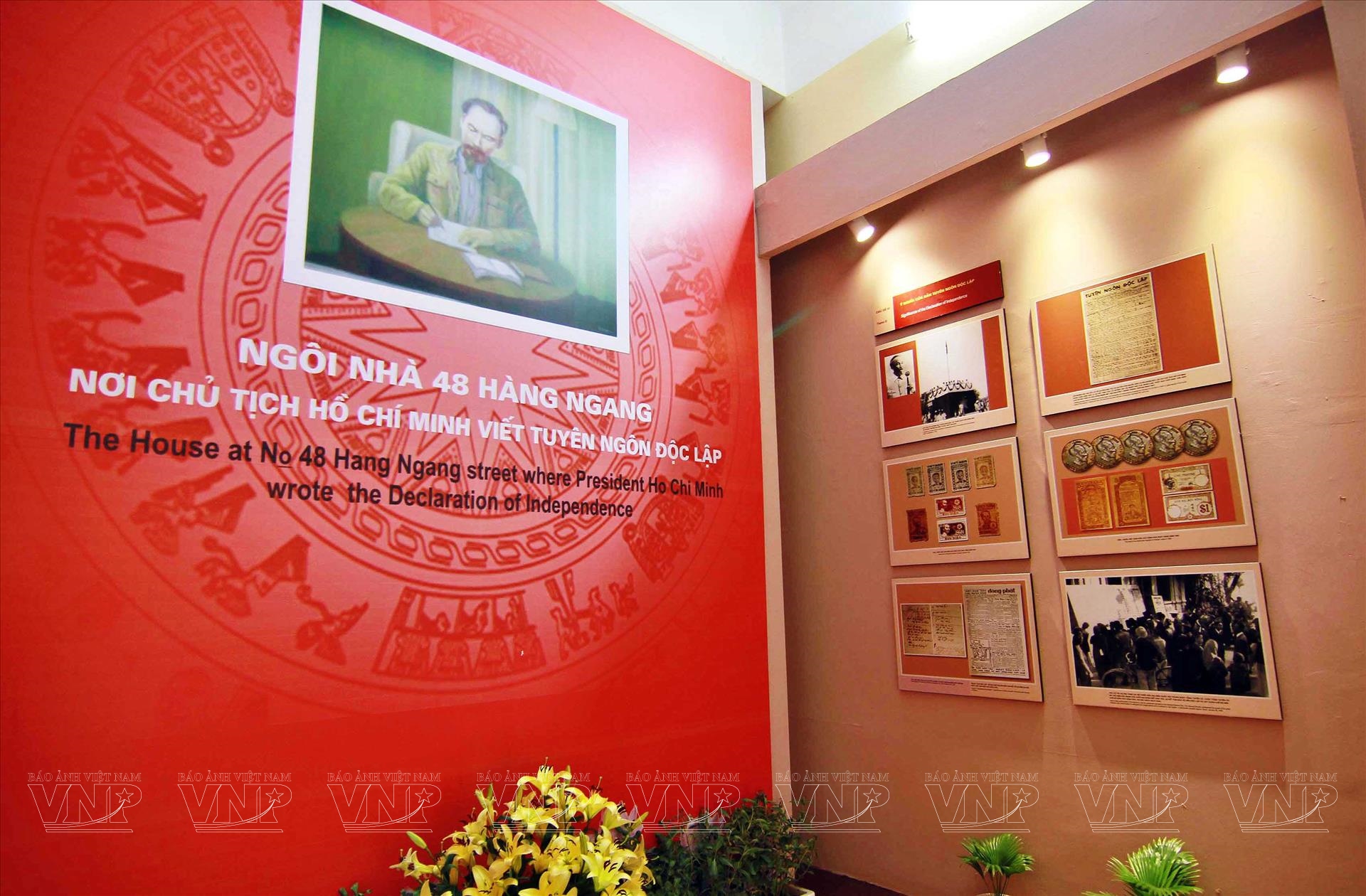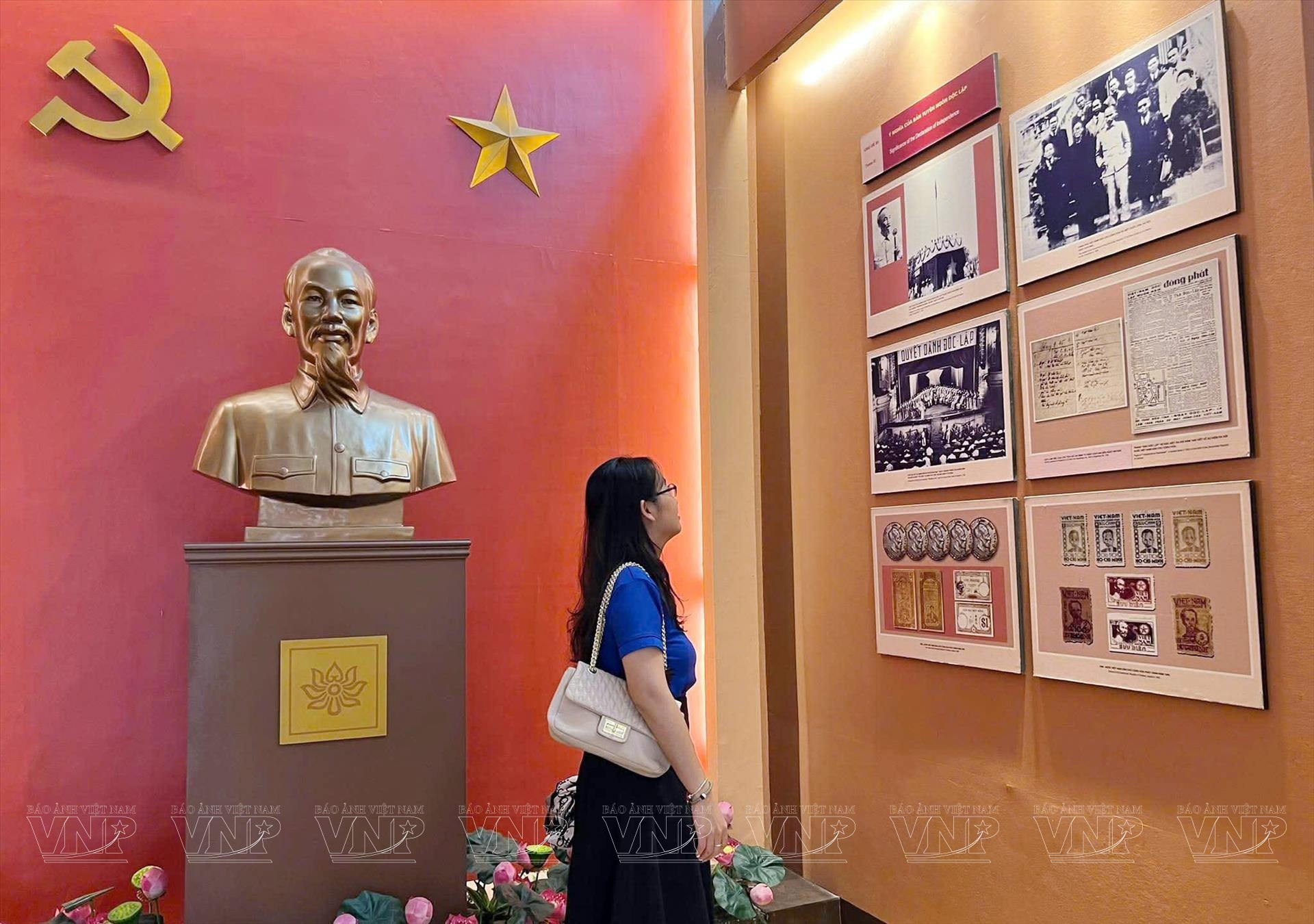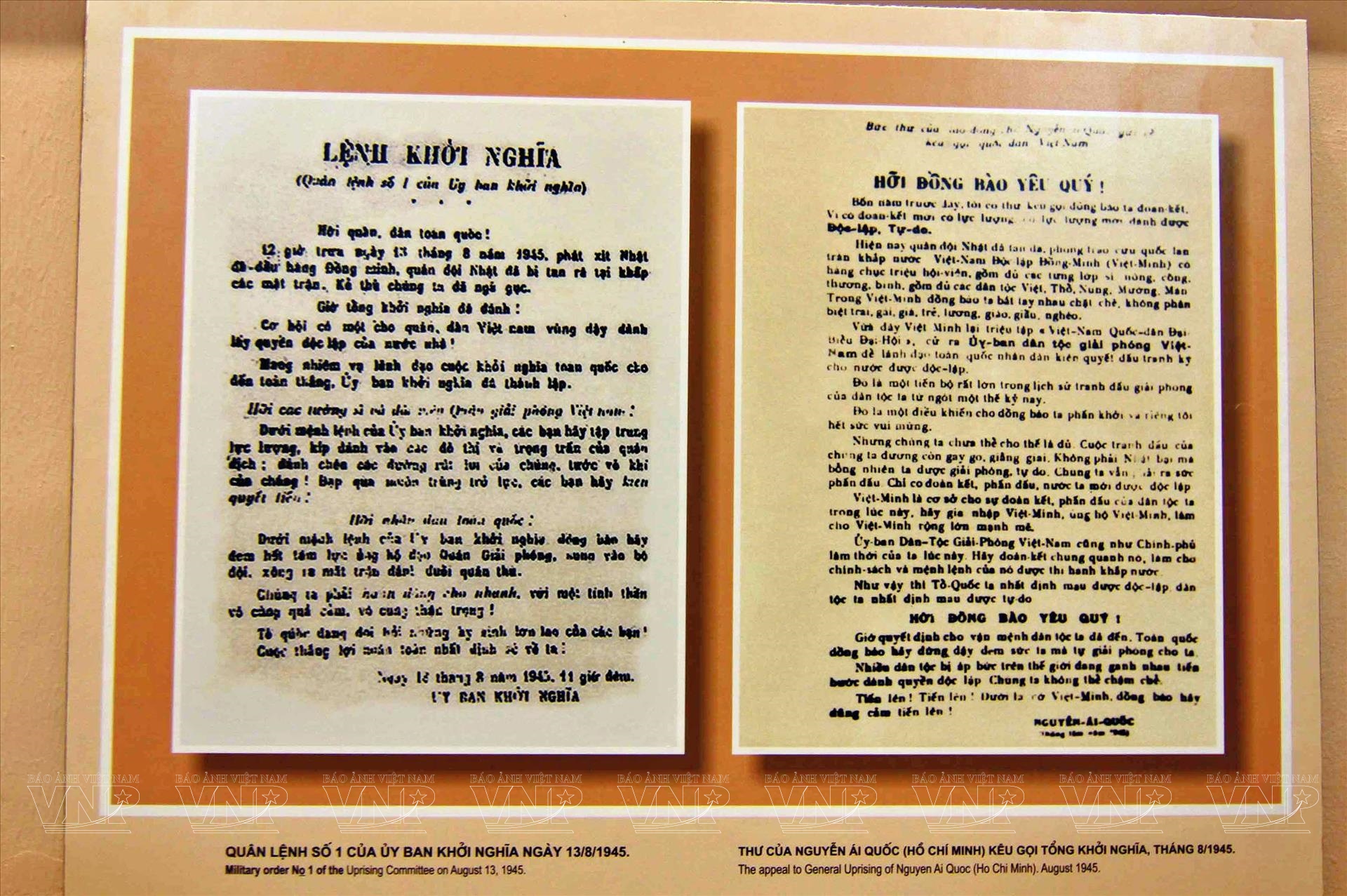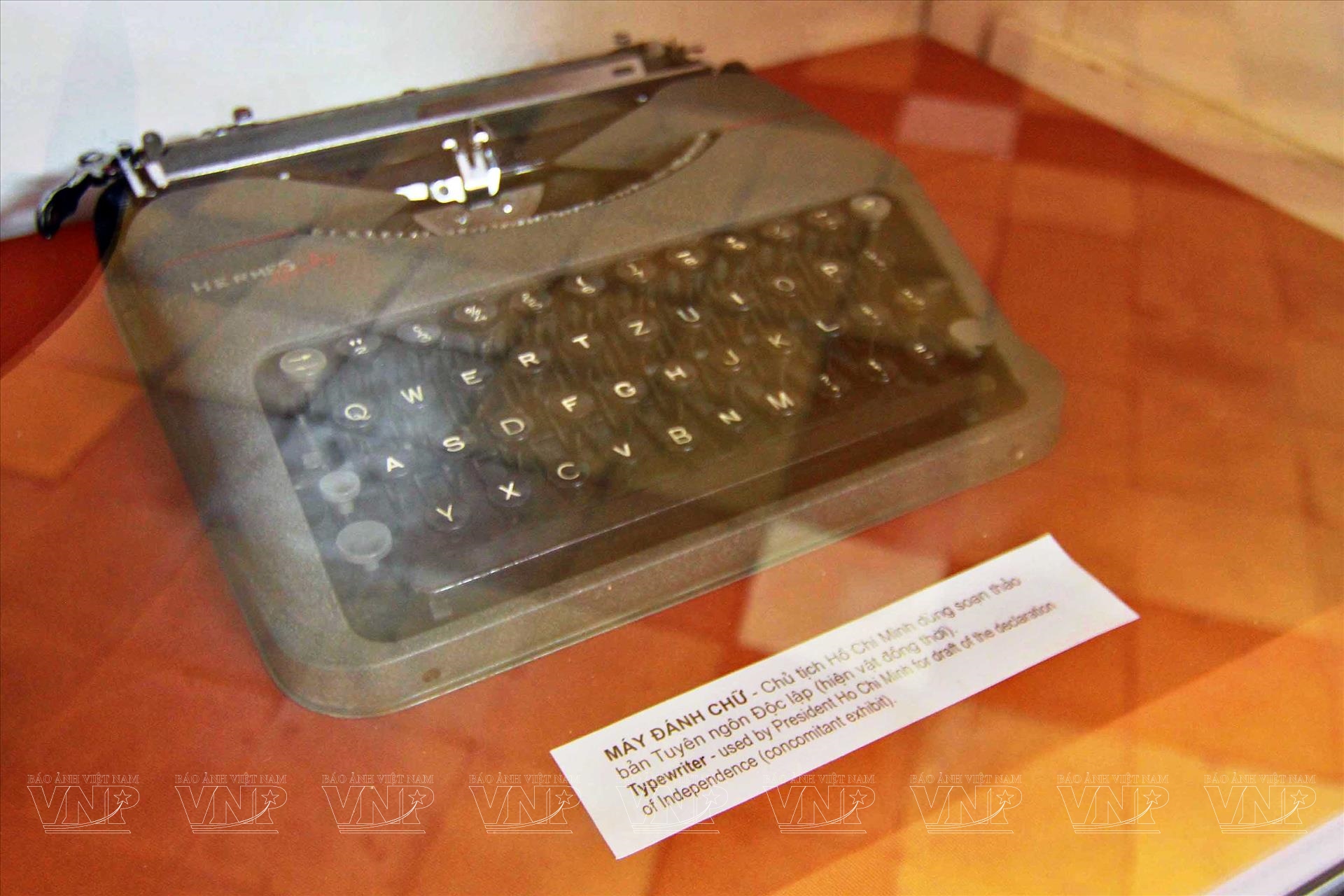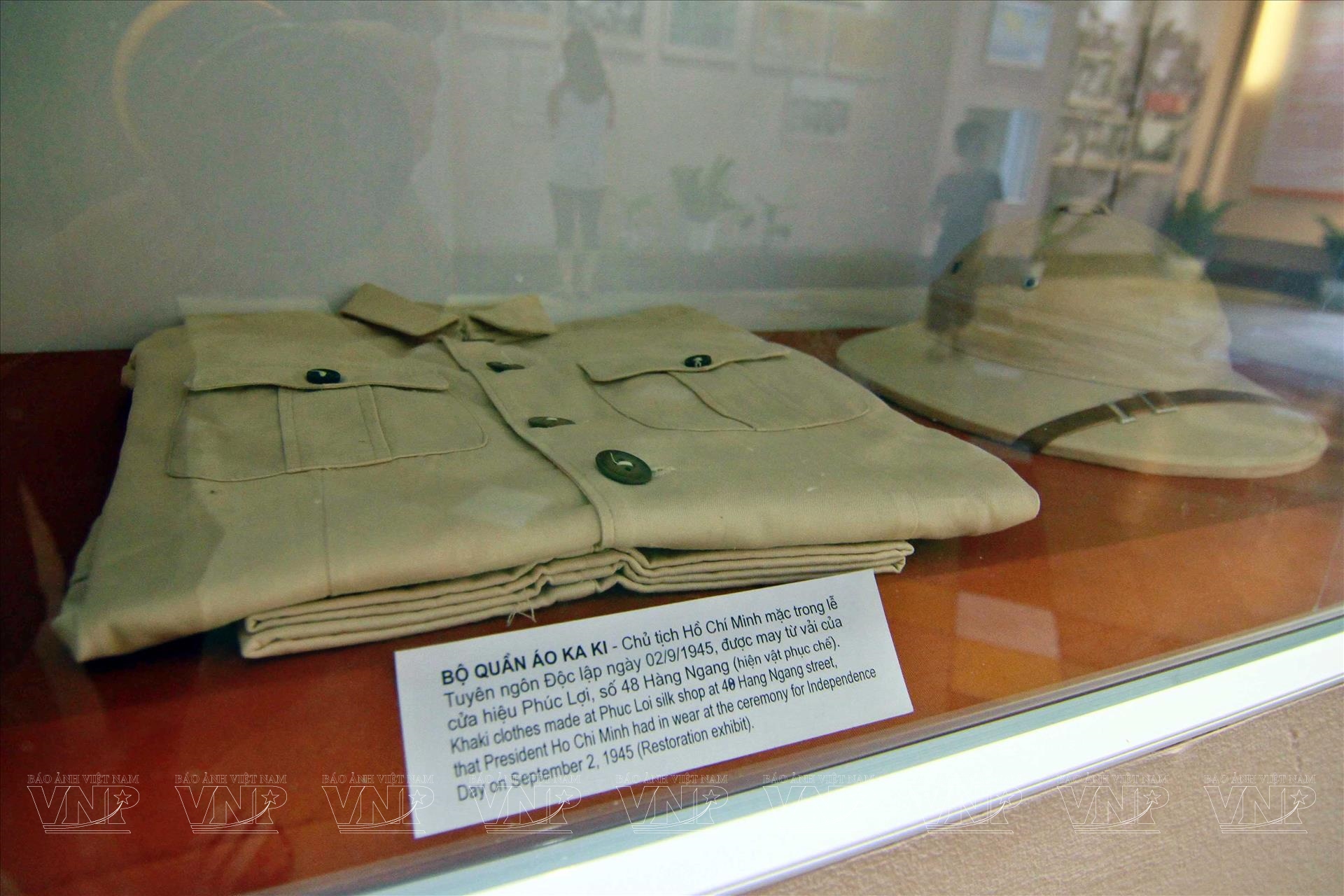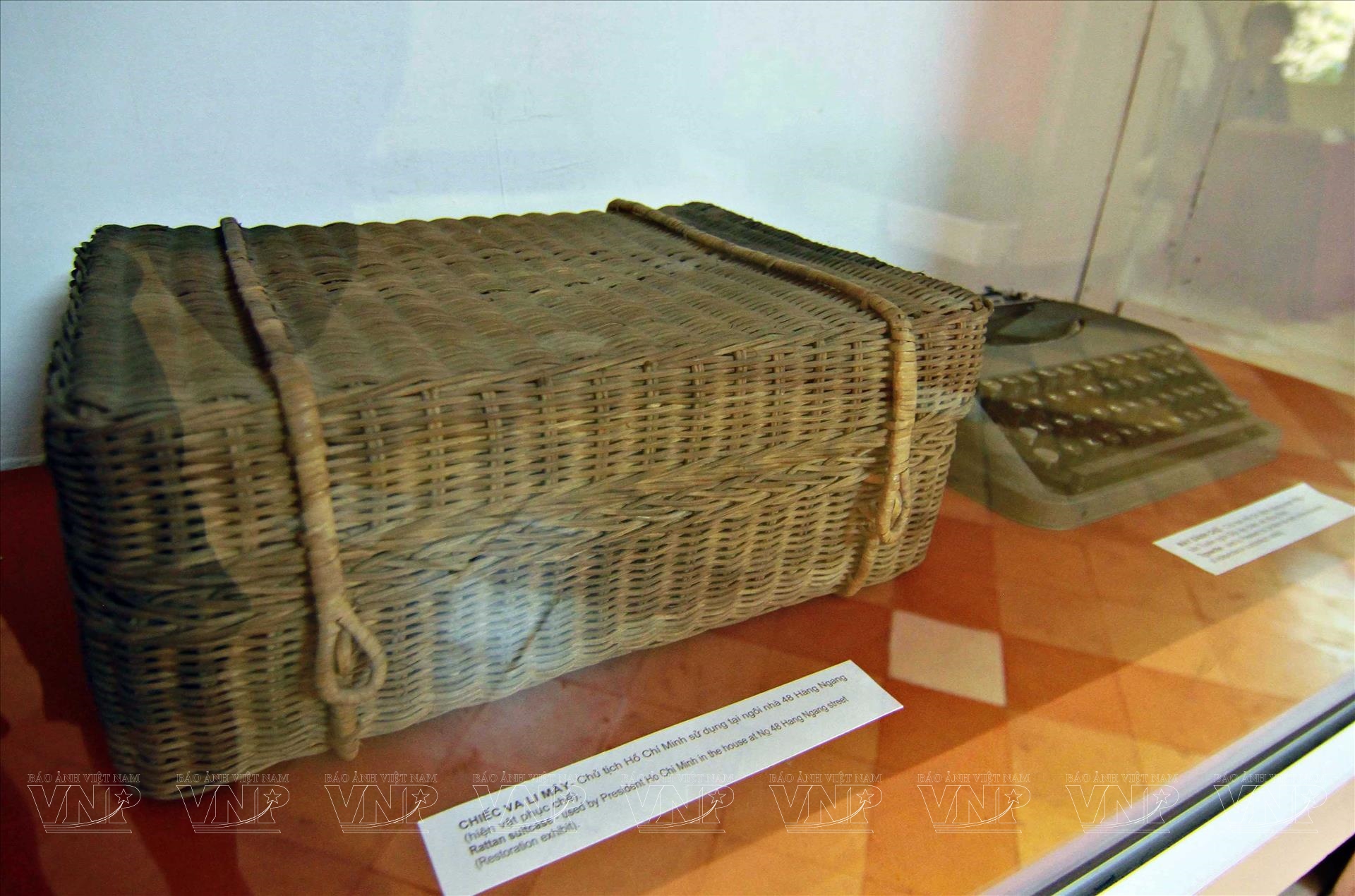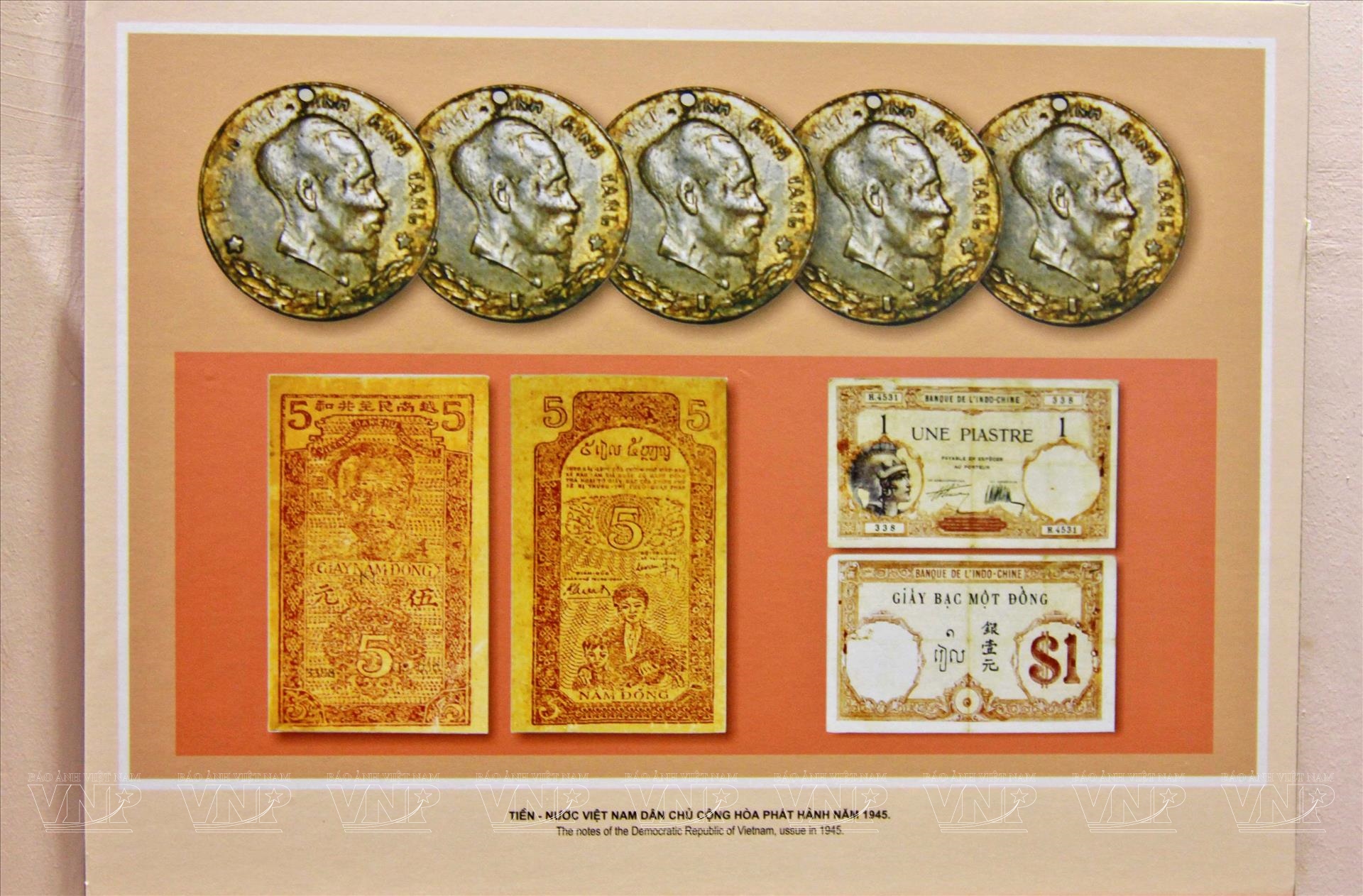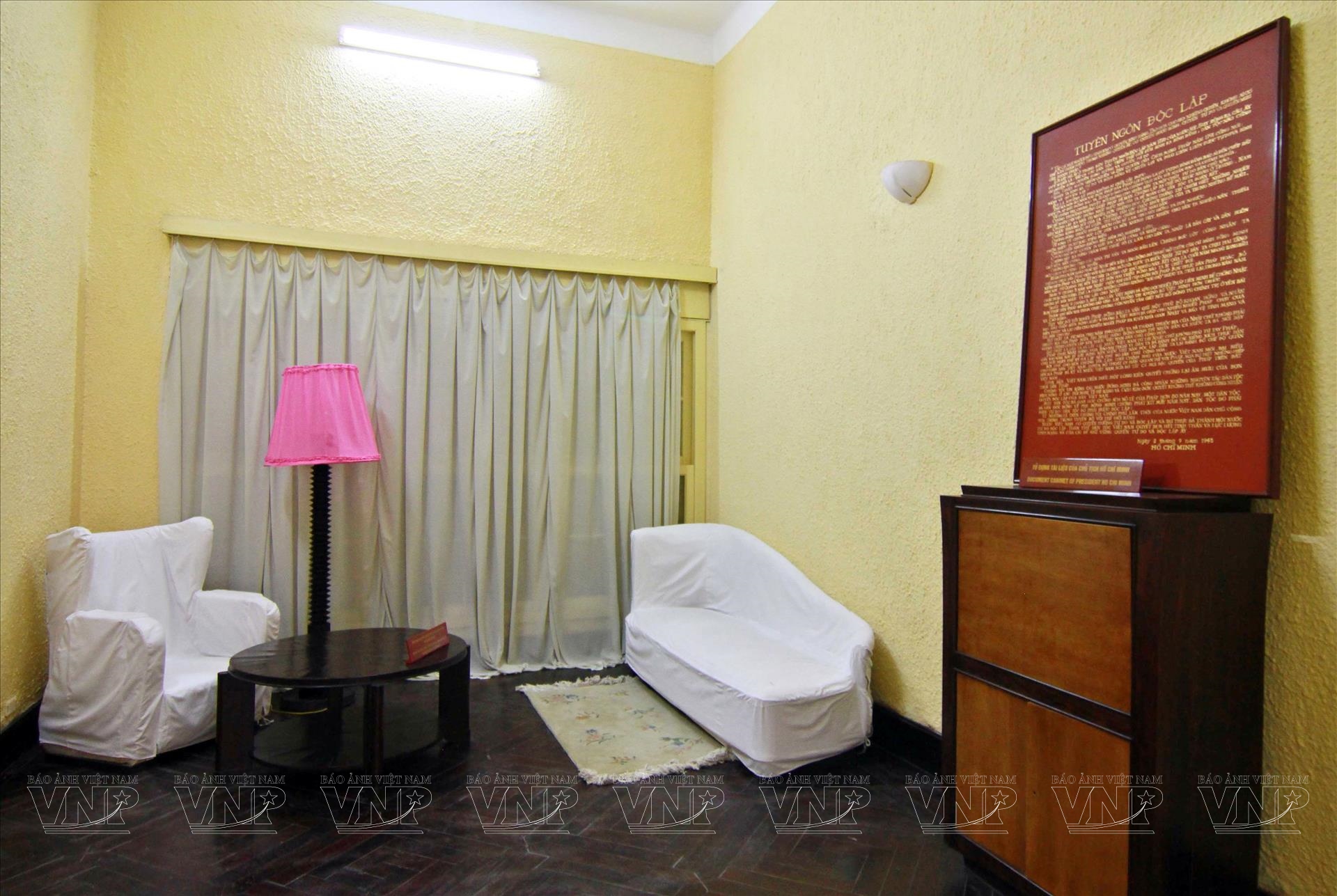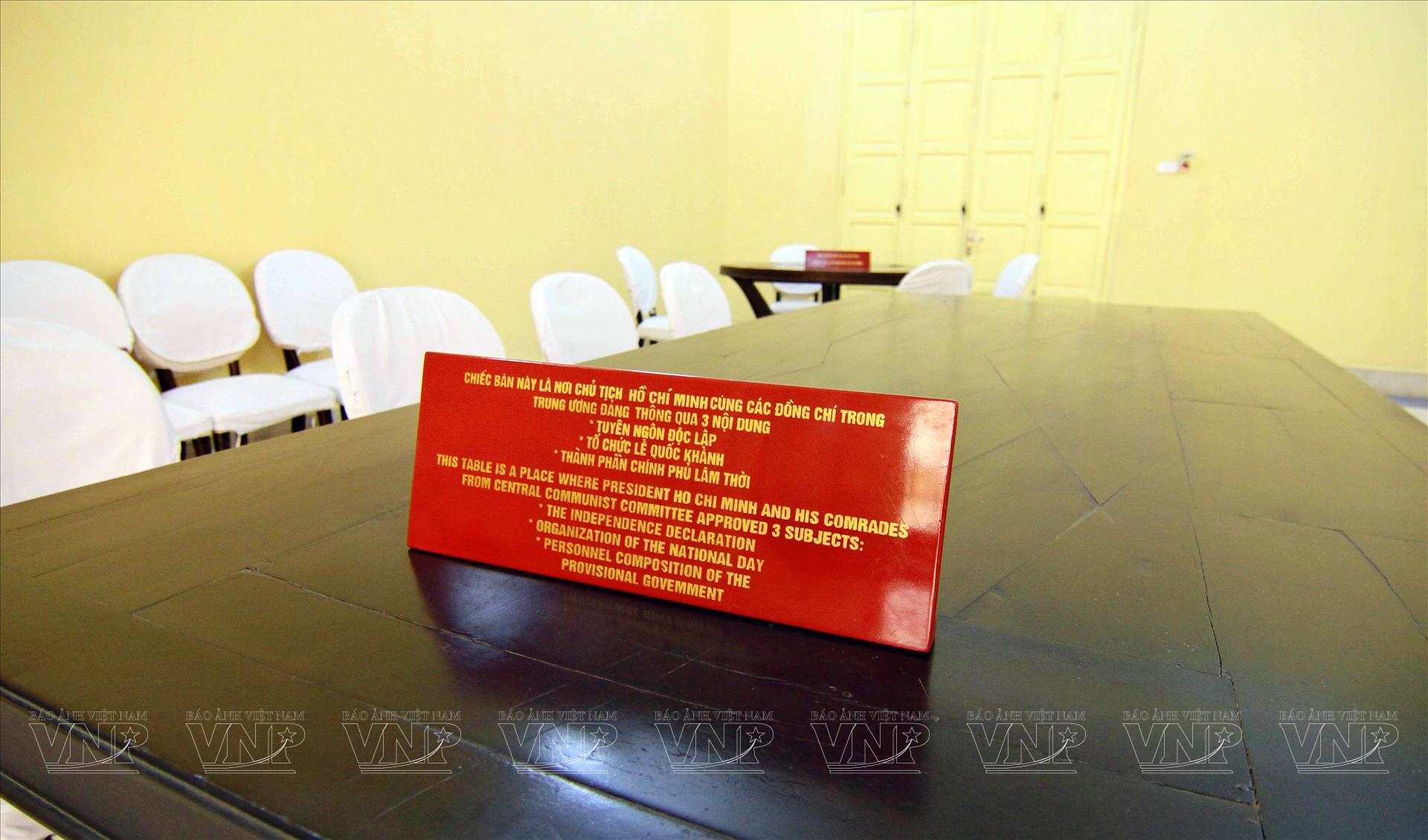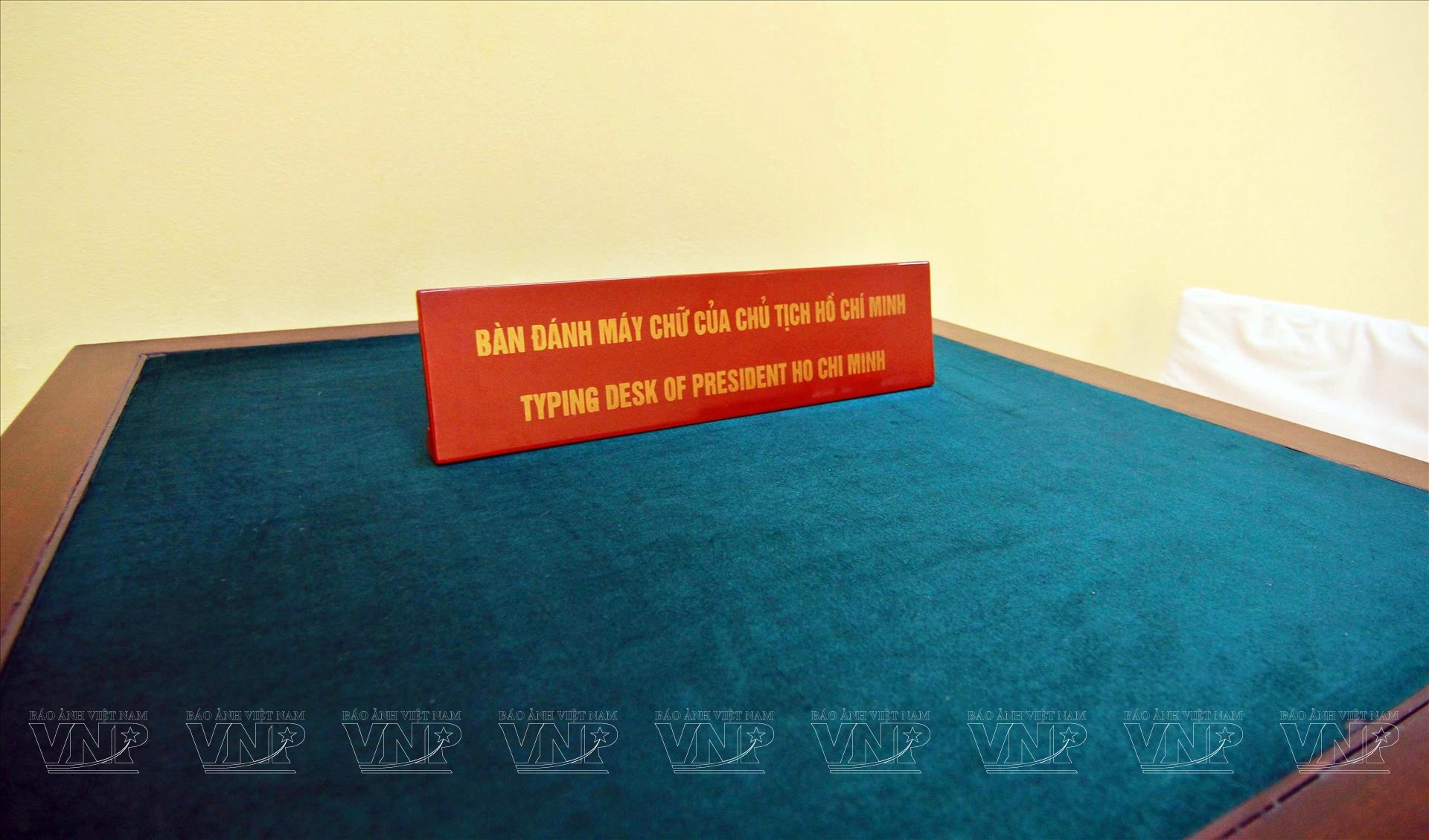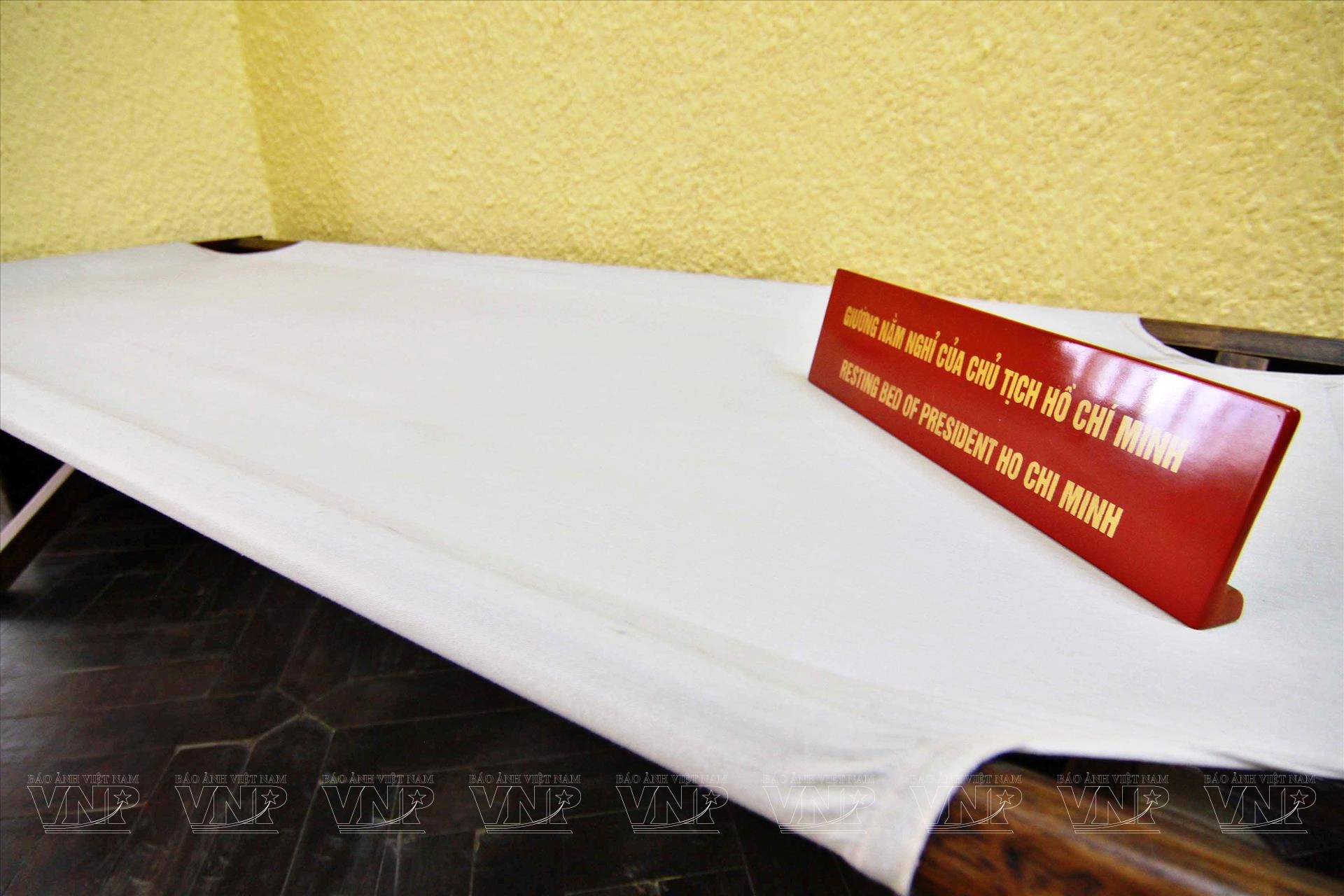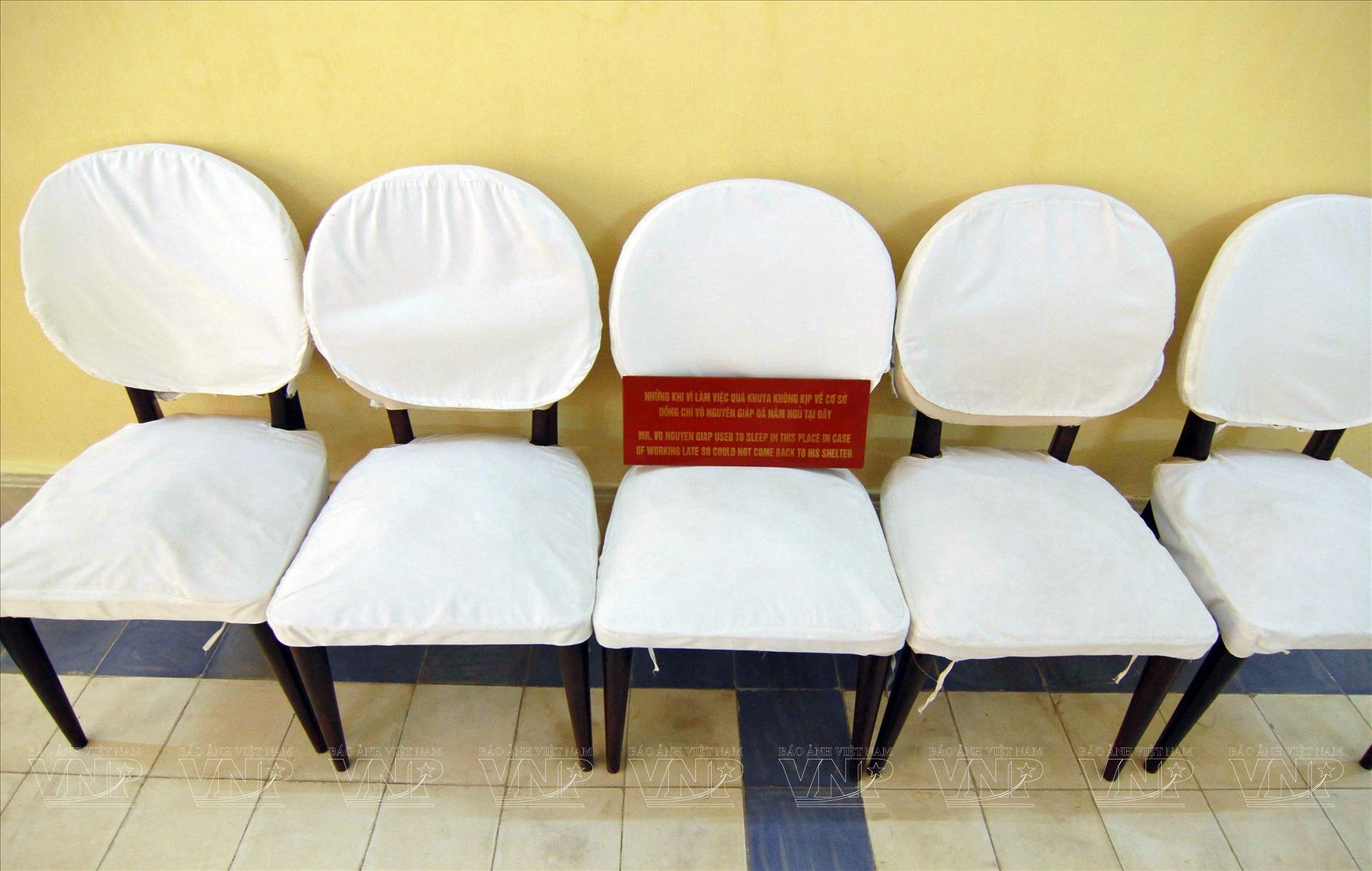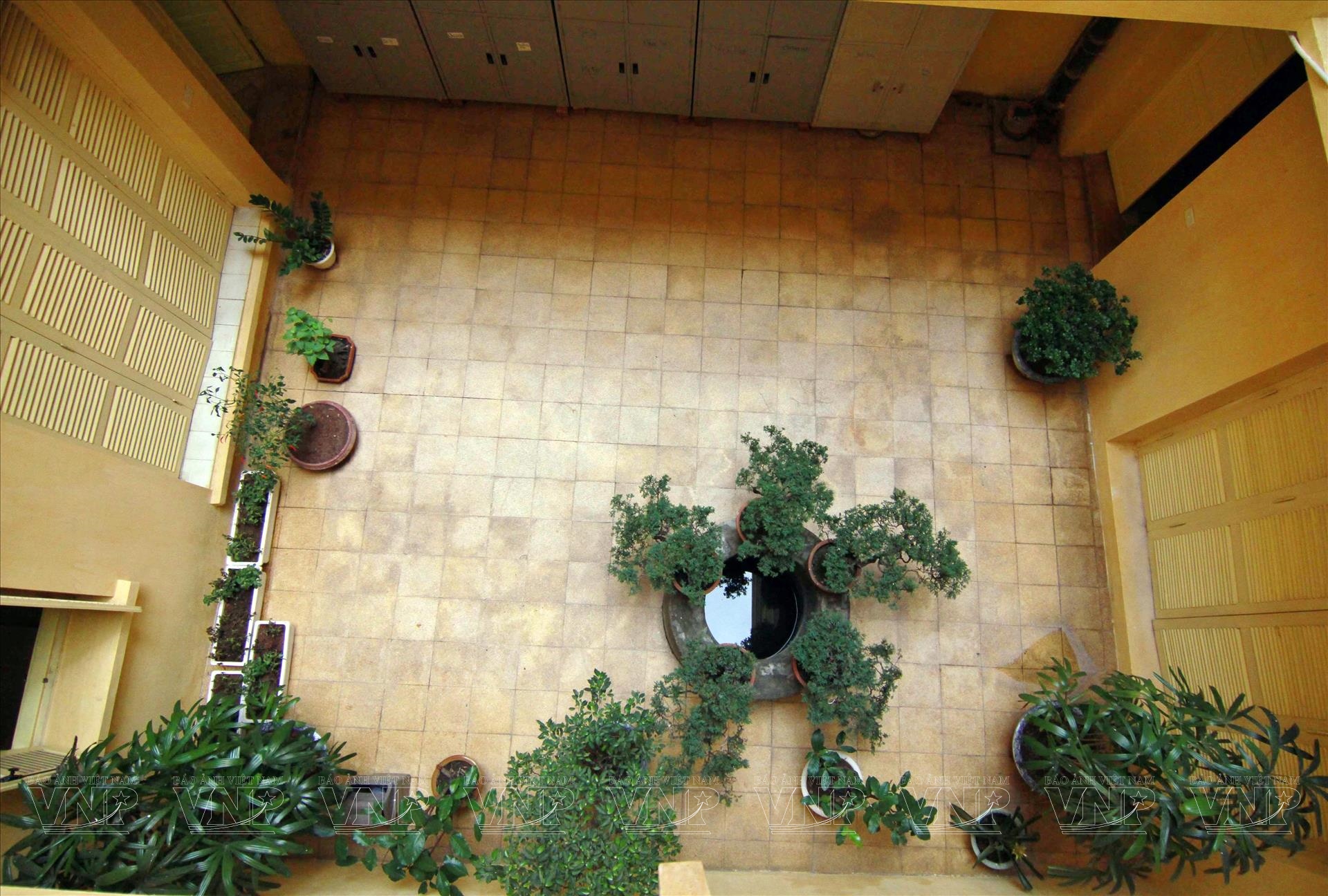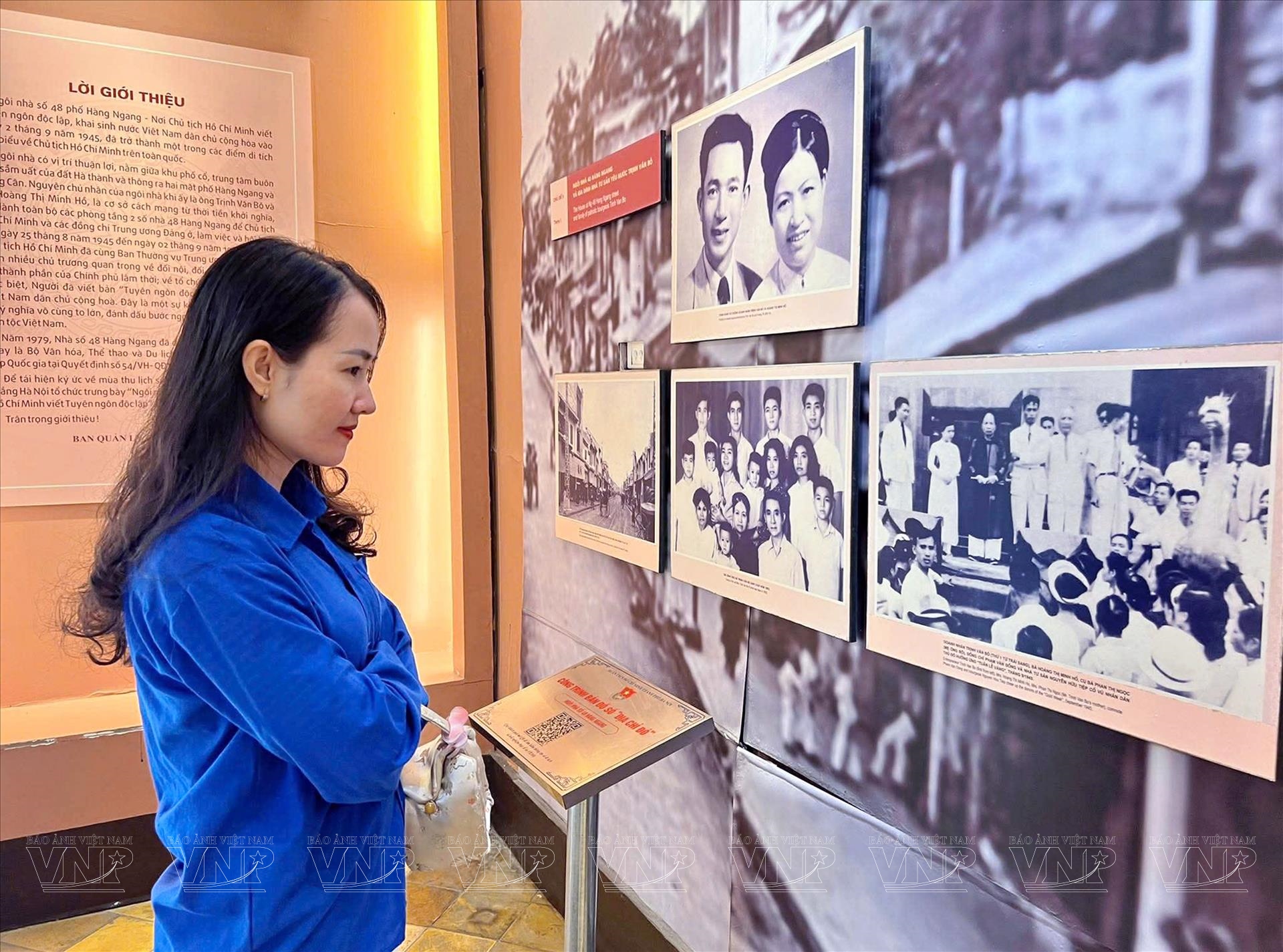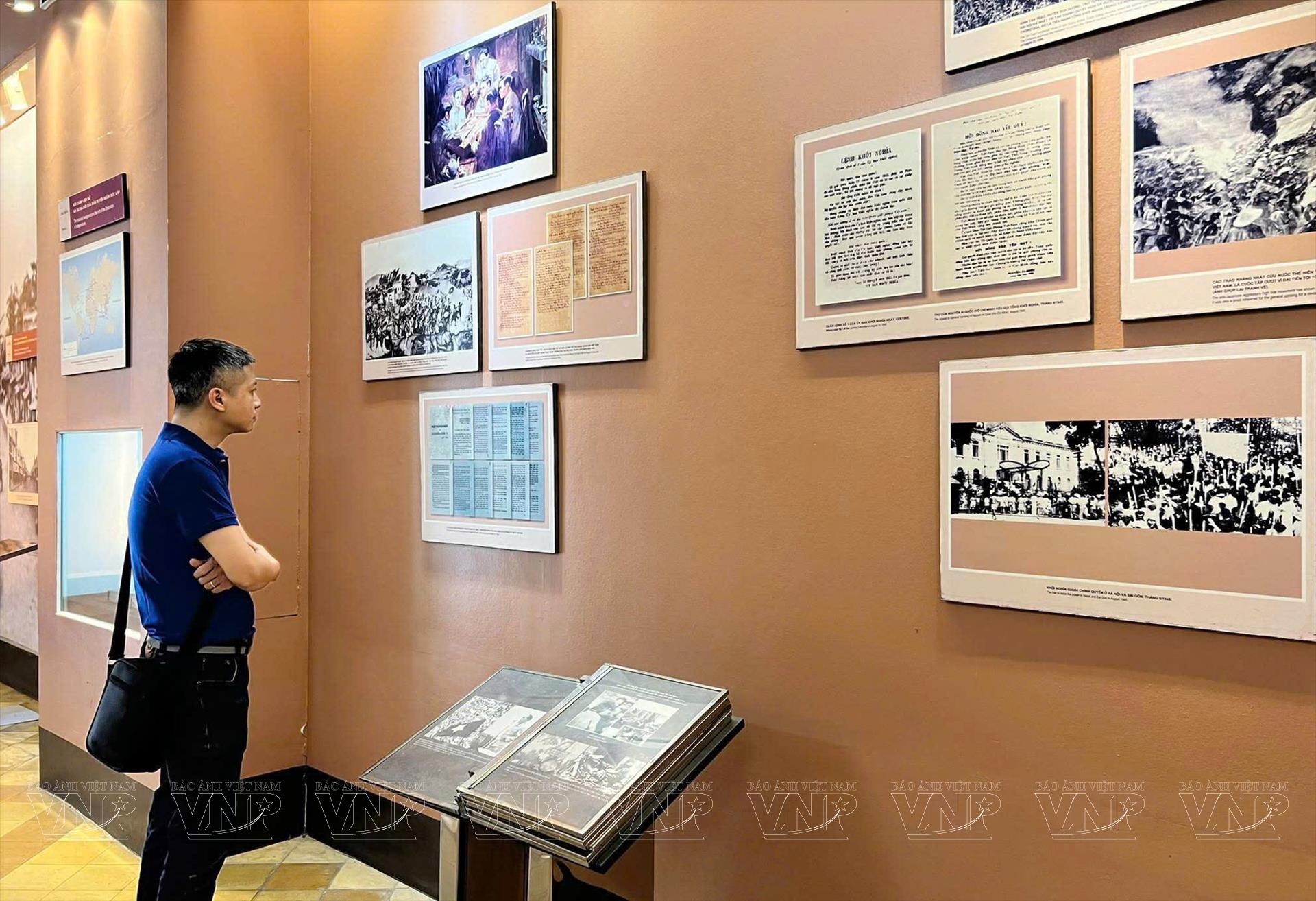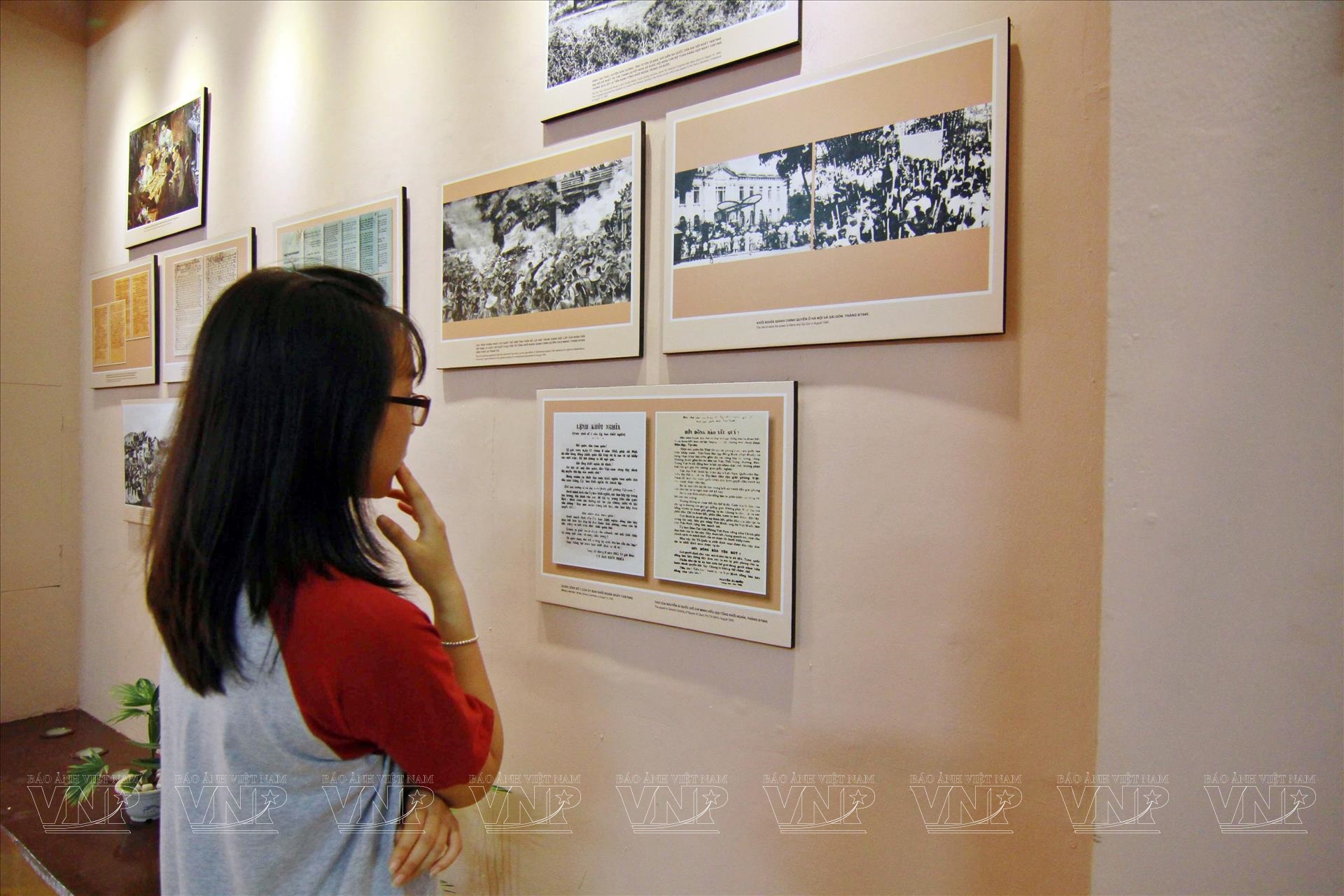House at 48 Hang Ngang Street: From a Modest Home to a Great Declaration
For 80 years, the house at 48 Hang Ngang Street in Hoan Kiem Ward has stood as a site of national significance at the heart of Hanoi. It was within these walls that President Ho Chi Minh penned the Declaration of Independence, a moment that gave birth to the Democratic Republic of Vietnam (now the Socialist Republic of Vietnam) on September 2, 1945.
Before its historic role, the house - with two entrances at 48 Hang Ngang and 35 Hang Can streets - was the Phuc Loi fabric shop. Owned by the entrepreneurial couple Trinh Van Bo and Hoang Thi Minh Ho, it was one of Hanoi's largest silk and cloth businesses in the 1940s. Besides its prime location, the house was notable for serving as a crucial revolutionary base during the period leading up to the uprising.
As the revolutionary moment ripened in August 1945, the Trinh Van Bo family generously donated the house to the Central Party Committee. This allowed President Ho Chi Minh to use it as his residence and workplace after his return to Hanoi from the Viet Bac revolutionary base. From August 25 to early September 1945, President Ho Chi Minh worked here, joining the Central Party Standing Committee to decide on critical domestic and foreign policies for the new nation. They also finalized the structure and members of the provisional government and organized the upcoming Independence Day ceremony.
Most notably, in a small room on the second floor of the house, President Ho Chi Minh drafted the Declaration of Independence. The document gave birth to the Democratic Republic of Vietnam and became a brilliant milestone in the nation's history on September 2, 1945.
Over the past 80 years, the house has been preserved almost in its original state. The first floor serves as a display space that vividly recreates the historical context of the August Revolution, showcasing portraits of revolutionary leaders and simple keepsakes of Uncle Ho.
The second-floor space, where the Declaration of Independence was drafted, consists of two rooms connected by a small hallway overlooking an open-air shaft. The back room served as a place for meetings and dining and housed the typewriter President Ho Chi Minh used. The main room, where he wrote the Declaration of Independence, contains his simple desk, a document cabinet, and a canvas bed.
Sharing her thoughts on the site's value, Vu Thu Ha, Vice Chairwoman of the Hanoi People's Committee, emphasized that the house at 48 Hang Ngang is not only where President Ho Chi Minh wrote the Declaration of Independence but is also a symbol of the Vietnamese people's patriotism, self-reliance, and desire for freedom./.
Story: Ngan Ha Photos: Cong Dat/VNP Translated by Hong Hanh
